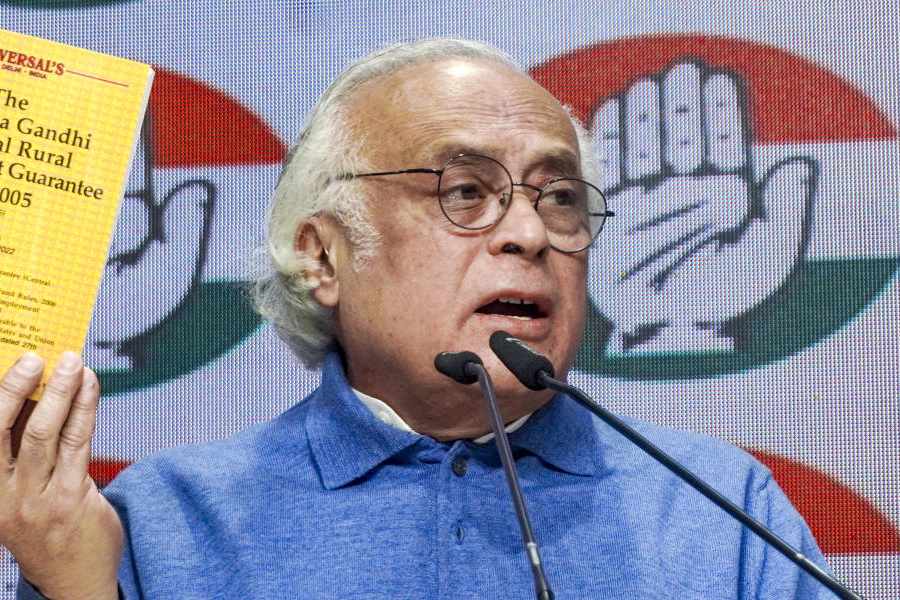On a visit to Europe in February, India’s external affairs minister, S. Jaishankar, had argued for a multipolar economic order as the world’s best bet for the future. Just three months later, those dreams are crumbling, and India risks getting trapped in the debris. Prime Minister Narendra Modi joined the president of the United States of America, Joe Biden, and the prime minister of Japan, Fumio Kishida, on Monday at the launch of a new Washingtonled bloc called the Indo-Pacific Economic Framework. India is among the 13 countries that have signed on to the initiative: the US, Japan, South Korea, Australia, New Zealand, Thailand, the Philippines, Indonesia, Vietnam, Singapore, Malaysia and Brunei are the others. Meanwhile, China’s foreign minister, Wang Yi, will set off on a 10-day trip to eight Pacific Island nations starting Thursday, holding out promises of economic assistance and infrastructure. Instead of multipolarity, the world appears to be drifting toward a bipolar arrangement, with the US and China looking to demarcate their areas of influence while jostling over other regions and nations.
That is bad news for India, which for decades swore by non-alignment and even now views strategic autonomy as a cornerstone of its foreign policy. The IPEF is among a series of overlapping coalitions, alliances and trade agreements that have all emerged in the Indo-Pacific in recent years. The most prominent economic bloc among them is the Regional Comprehensive Economic Partnership, which includes 11 of the IPEF’s 13 members, in addition to China, Laos, Cambodia and Myanmar. The two IPEF members that are not part are the US and India. This, coupled with the fact that Laos, Cambodia and military-ruled Myanmar are China’s closest partners in Southeast Asia, underscore how the RCEP and the IPEF are thinly-veiled competing bids by Beijing and Washington to assert their regional economic might. There are also the Quad — consisting of the US, India, Japan and Australia — and AUKUS — with Australia, the United Kingdom and the US — adding to the tension.
During the Cold War, India had no fundamental disputes with either the US or the Soviet Union, allowing it to play both sides. It does not have that luxury with China. If the world coalesces around Washington and Beijing, New Delhi’s options will be limited. India’s experience with multilateral trade deals — whether the RCEP, which New Delhi walked out of, or free trade agreements with the Association of Southeast Asian Nations — has not been positive. But it also would not want to be the North Korea of economic deals: alone and isolated. Therein lie both the promise and the challenge of the IPEF.











